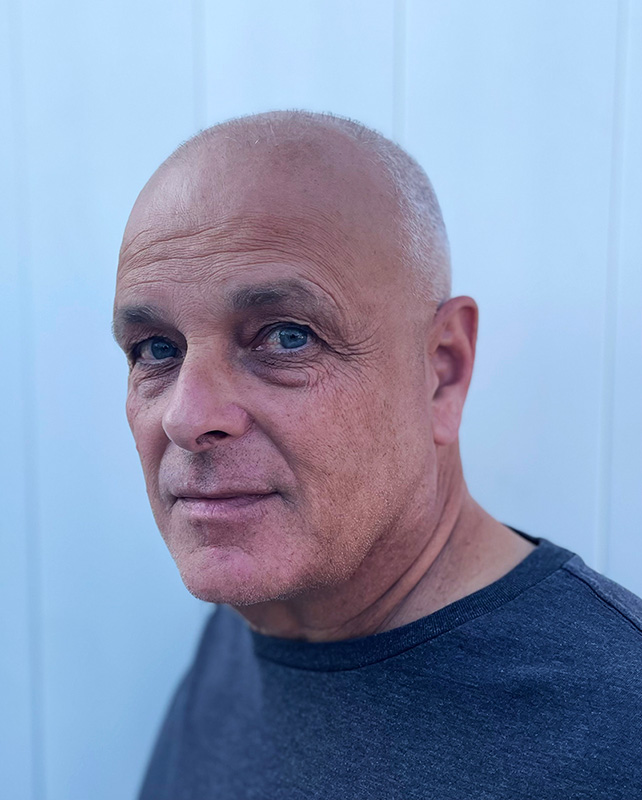Born and raised in the United States, I spent nearly 20 years in the theater world, first as a dancer and singer in Broadway musicals and later as an actor and director. Upon my retirement from theater, I settled into the business world but it wouldn't be long before I was in need of a creative outlet and the Sebastiao Salgado documentary, The Salt of the Earth, rekindled my brief high school interest in photography. Soon, the books of Alec Soth, Nancy Rexroth, Sally Mann, Joshua Jackson, and many more were on my selves and with a newly purchased camera in hand, I started out on my latest adventure.
Naturally, I started with dance portraits and found it incredibly exciting and fulfilling but soon I ventured into other genres to improve my work. Whether it was wildlife, street, architecture, portrait, or fine art photography, I was either taking a class or teaching myself about the genre in order to become a better photographer.
In my short time behind the camera, I have been fortunate enough to have some of my images appear in galleries across the country, including Photo Place Gallery, A Smith Gallery, Praxis Gallery, Black Box Gallery, SE Center for Photography, and the Decode Gallery.
With my background in theater, I know that photography can be a frustrating art form where most of the time I end up kicking myself for the mistakes that I continuously make over and over. But every once in a while, those rare moments come along when my eyes through a camera are able to see and capture an extraordinary moment.
